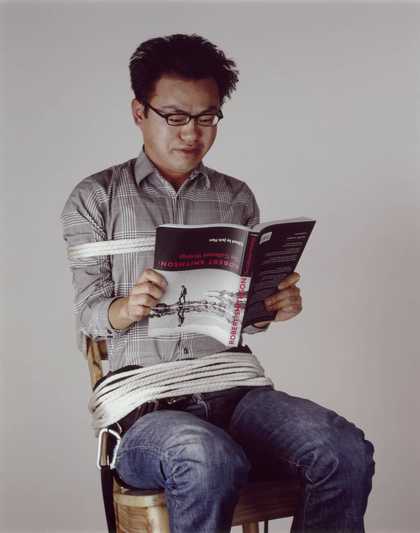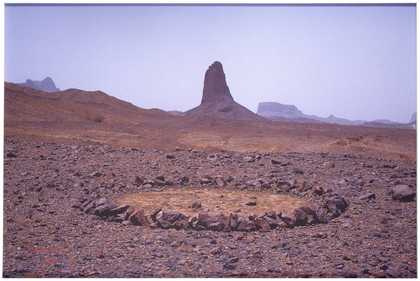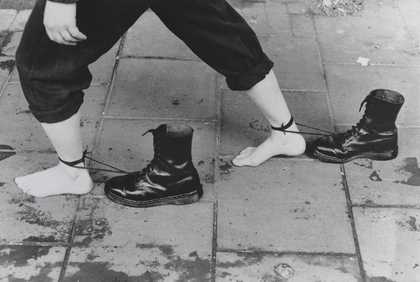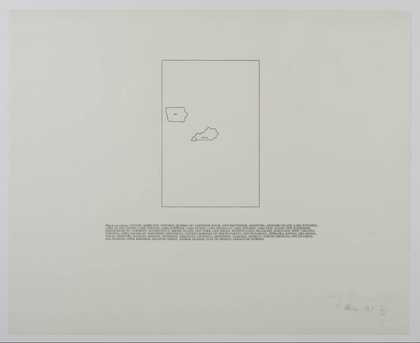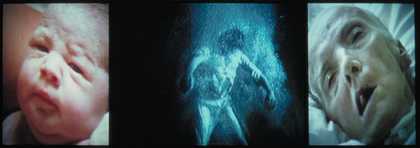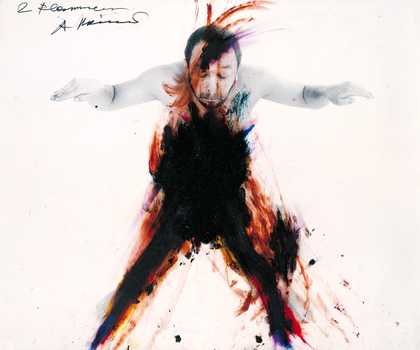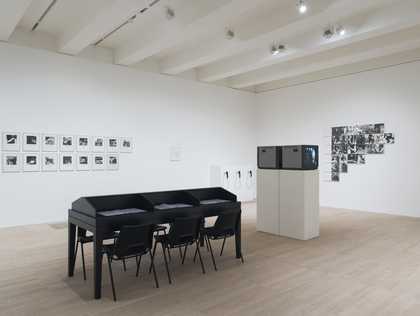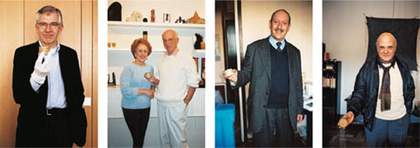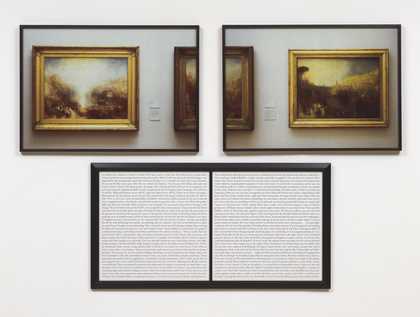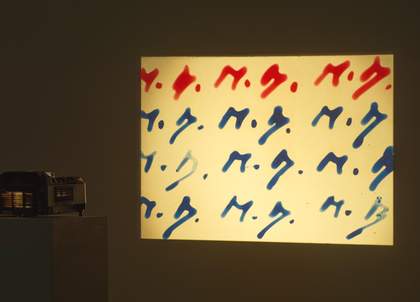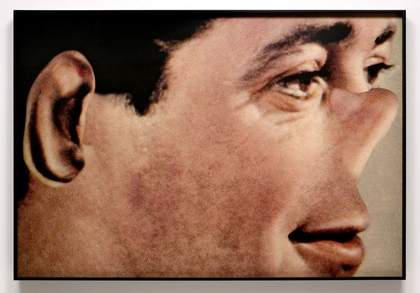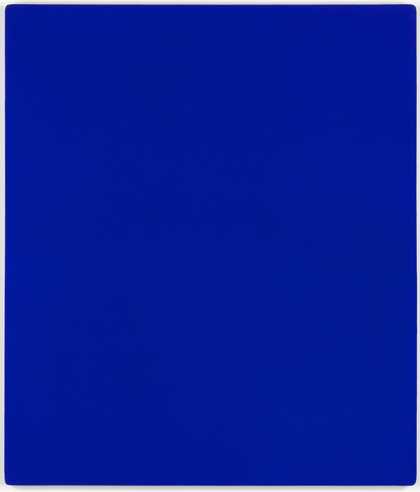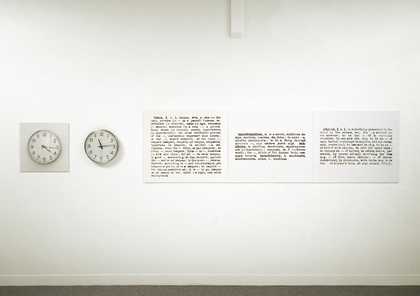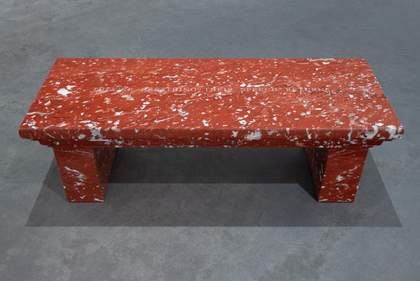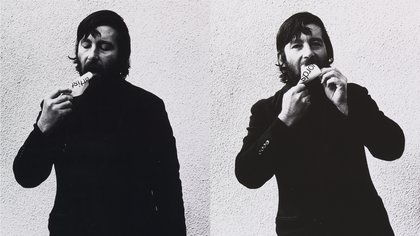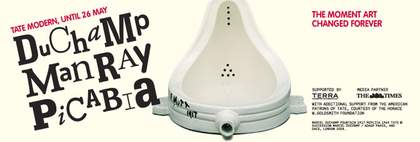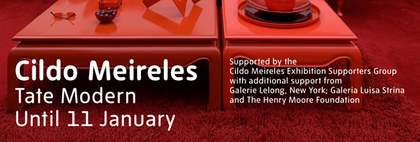
Joseph Kosuth
Clock (One and Five), English/Latin Version (1965)
Tate
Although the term ‘concept art’ had been used in the early 1960s (Henry Flynt of the Fluxus group described his performance pieces as ‘concept art’ in 1961), it was not until the late sixties that conceptual art as a definable movement emerged. Joseph Kosuth’s series Titled (Art as Idea as Idea) 1966–7; the proposal for an exhibition Air Show Air/Conditioning 1966–7 by English artists Terry Atkinson and Michael Baldwin (founder members of the group Art & Language); John Baldessari’s word paintings exhibited in LA in 1968; and important group exhibitions such as that organised by art dealer Seth Siegelaub in New York in 1969, January 1-31: 0 Objects, 0 Painters, 0 Sculptors reflected this growing ideas-based approach to art-making. The term conceptual art was first used to reference this distinct movement in an article written by Sol LeWitt in 1967:
In conceptual art the idea or concept is the most important aspect of the work. When an artist uses a conceptual form of art, it means that all of the planning and decisions are made beforehand and the execution is a perfunctory affair.
LeWitt, ‘Paragraphs on Conceptual Art’, Artforum Vol.5, no. 10, Summer 1967, pp. 79-83
In 1973 a pioneering record of the early years of the movement appeared in the form of a book, Six Years, by the American critic Lucy Lippard. The ‘six years’ were 1966–72. The long subtitle of the book referred to ‘so-called conceptual or information or idea art’.
conceptual artworks
Conceptual art can be – and can look like – almost anything. This is because, unlike a painter or sculptor who will think about how best they can express their idea using paint or sculptural materials and techniques, a conceptual artist uses whatever materials and whatever form is most appropriate to putting their idea across – this could be anything from a performance to a written description. Although there is no one style or form used by conceptual artists, from the late 1960s certain trends emerged.
Read the captions in the artworks below to find out about some of the main ways conceptual artists explored and expressed their ideas.
When, why and where did conceptual art happen?
As a definable movement conceptual art is associated with the 1960s and 1970s, but its origins reach beyond these two decades. Marcel Duchamp is often seen as an important forefather of conceptual art, and his readymade Fountain of 1917 cited as the first conceptual artwork.
The movement that emerged in the mid 1960s and continued until the mid 1970s was international, happening more or less simultaneously across Europe, North America and South America.
Artists associated with the movement attempted to bypass the increasingly commercialised art world by stressing thought processes and methods of production as the value of the work. The art forms they used were often intentionally those that do not produce a finished object such as a sculpture or painting. This meant that their work could not be easily bought and sold and did not need to be viewed in a formal gallery situation.
It was not just the structures of the art world that many conceptual artists questioned, there was often a strong socio-political dimension to much of the work they produced, reflecting wider dissatisfaction with society and government policies. (See for example Joseph Beuys’s social sculpture).
Although as a definable art movement conceptual art is associated with the 1960s, many artists continue to make conceptual art in the twenty-first century (such as Martin Creed and Simon Starling).

